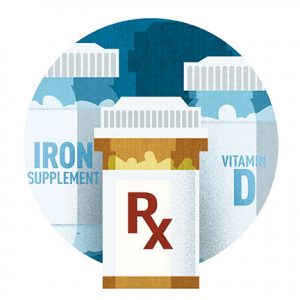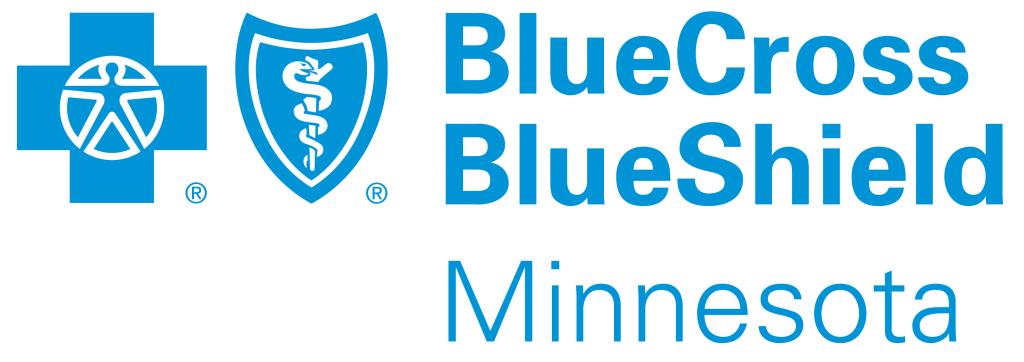When Donna Walberg’s sister, Peggy, was 53, she passed away from a massive stroke. Peggy had been treated for a recent heart attack—both were hereditary issues for the family—and Walberg believes more knowledge of the conditions and preventive measures might have saved her life. That’s where an annual wellness visit can come into play.
“The annual wellness visit focuses on looking at you as a whole person, including your family, what’s going on in your life,” says Walberg, 65, a St. Cloud resident and Blue Cross and Blue Shield of Minnesota member. “Then they work with you to come up with a plan of care that fits your lifestyle and your needs that’s something you might stick to and can actually improve your life, which could save you from that heart attack or stroke.”
Di fferent from a routine physical, an annual wellness visit takes a holistic view of your health, from reviewing all of your prescriptions and health care providers to evaluating your risk factors, like obesity, that could lead to diabetes as well as cognitive impairment—another issue Walberg is all too familiar with.
Six years ago, after a Mini-Cog™, a screening that can increase detection of cognitive impairment in older adults, and then follow-up diagnostic testing, her husband, Lee, was diagnosed with Alzheimer’s disease. In the Mini-Cog™, he was asked to draw a clock, a simple neurological test now commonly administered during an annual wellness visit.
“He put all the numbers up in one squashed area of the circle and he couldn’t figure out where to put the hands, so that was an indicator that he had problems with executive function. The testing proved that that indeed was the case,” Walberg says.
Unfortunately, he was already four to five years into his dementia before the Mini-Cog™ showed that he had any impairment. That underscores the annual necessity of a wellness visit, because even an Alzheimer’s expert like Donna Walberg may not spot early signs. She serves on the Minnesota Board of Aging’s Alzheimer’s Initiative, a position she has held for the last 18 years, as well as serving as a member of the National Alzheimer’s Project Act Advisory Council on Alzheimer’s Research, Care, and Services.
As for Walberg herself, she recently completed her own annual wellness visit, where she planned out her preventive screenings for the year. She also took a three-minute test that can help detect signs of cognitive impairment in older adults. The test utilizes the clock-drawing exercise. How did she do?
“They said I did the neatest clock drawing they’ve ever seen.”
Navigating Your Wellness Visit
With the New Year upon us, it’s the perfect time to get out in front of any potential issues by scheduling an annual wellness visit. Here are five things you can expect:
1. A discussion of your full medical history, including surgeries, illnesses, and conditions, as well as your family’s medical history.

2. An evaluation of all of your prescription and non-prescription medications, vitamins, and supplements for a thorough review.

3. A check of your functional level of safety, especially your risk of falling.

4. Your doctor will look for signs of cognitive impairment and depression, and may administer a quick screening.

5. Talk to your doctor about which preventive screenings you should schedule this year.



